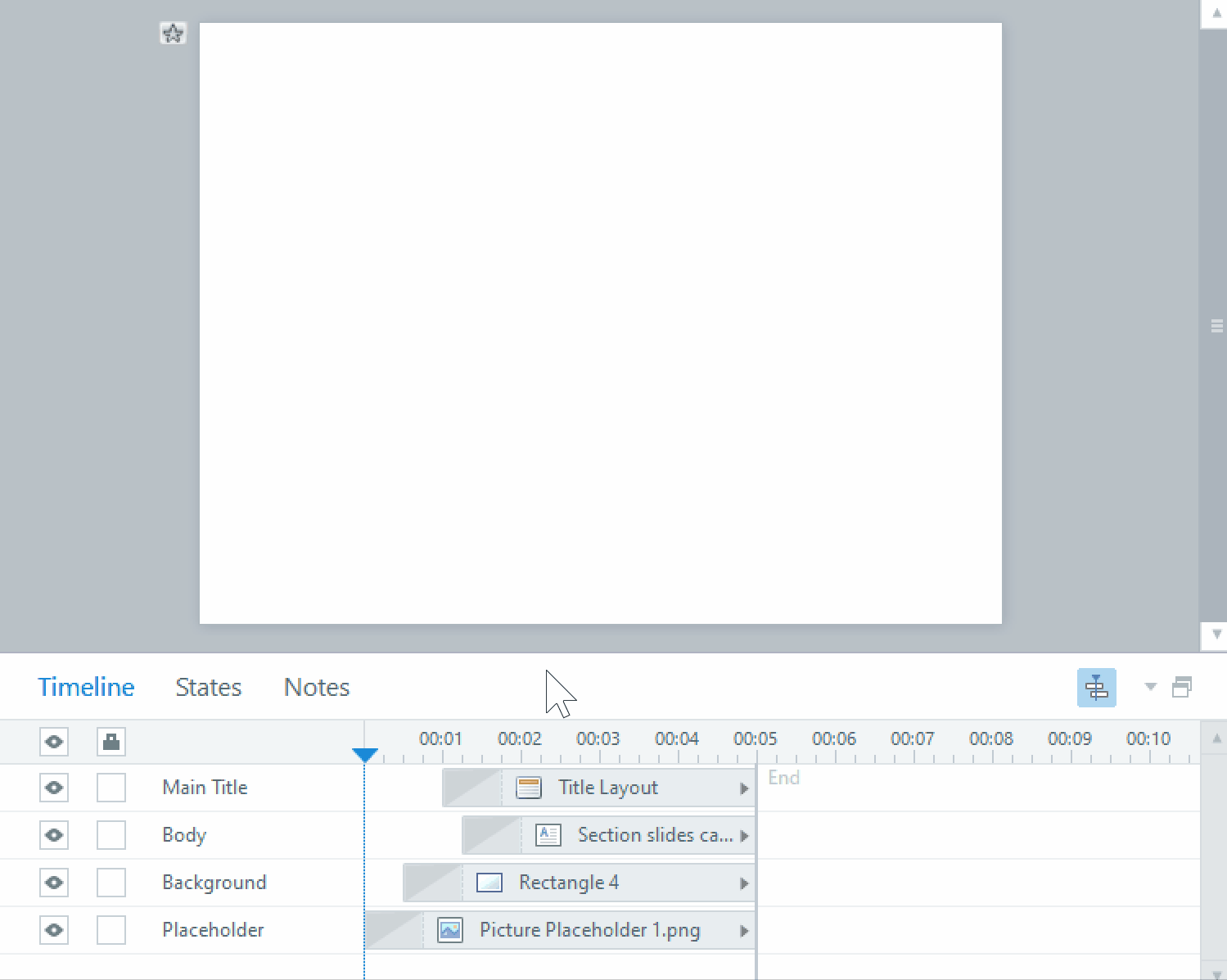Compatibility of Captivate Virtual Reality with VR-ready devices
As we have been discussing in previous blog entries, we worked on a virtual reality eLearning module for one of our clients, which consisted in identifying hazards at a construction workplace.
After several iterations, the eLearning module was ready to be deployed in mobile devices, for this purpose we setup a small server on the cloud to make the module accessible from anywhere. However, when we rolled out the link, we realized that the final product wasn’t working in most mobile devices, which was very surprising because we never had this issue. The closest we got to make it work, was on a Samsung device, but still not all the features were available.
To our surprise, we also learned that Google wasn’t supporting Google Cardboard anymore, in the sense that it wouldn’t develop further functionality or maintain the code, thus they released the code to be open source, which means that any company can take the code and implement changes/improvements independently. This poses a problem because the standardization and cross platform functionality we were looking for, was now very difficult to achieve.
At first, we thought the issues were device related, and we purchased an Oculus Quest 2 to test the eLearning module and roll it out. Initially, we thought the technology transfer was straight forward but unfortunately, it didn’t work at all, and it was even worse than before, as the VR goggles wouldn’t display anything.
Doing some research, and with the help of some of our colleagues, we figured out that the problems weren’t device related, but rather related to the technology that Captivate is using to publish the virtual reality eLearning courses.
To fix the issues, we ended up using a new authoring tool called CenarioVR, by eLearning Brothers, which is a tool with all the capabilities to replicate and even improve what was already done in Captivate, even though it meant we needed to redevelop the module from scratch. Thankfully, the results were amazing, and the module is now fully compatible with Oculus Quest 2, and with a few tweaks, it can even be compatible with Google Cardboard.
















